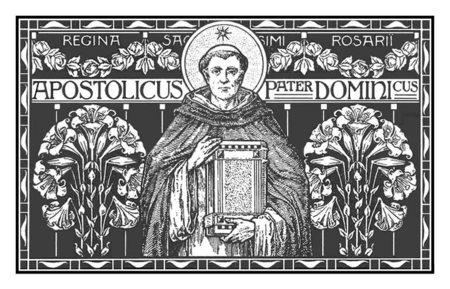Dominican Method of Education
This is what "scholasticism" really is. It is based on five areas:
1) the teaching of dialectical reasoning, especially helpful in apologetics;
2) learning by inference;
3) solving contradictions and arguments by logic;
4) strict critical thinking using analysis
5) the presentation of disputation in the form of a question with the following answers and responses
These are learned in debate and in writing. I have taught some of this in argumentation. Let me help with the definitions.
First, dialectical reasoning is a broad term which could include the Socratic Method as well as in a debate class. People take differing views of a subject and logically convince an audience, or a class of the value of one. Obviously, one must know Aristotelian logic and the fallacies to be able to do this.
Second, inference is the coming to conclusions using knowledge known to be or accepted as true. We call this inductive reasoning and it can be taught easily in writing and in debate.
Third, the solving of contradictions can include discussion among those with various points of view. I suggest using ground rules for this type of discussion.
Fourth is critical thinking through analytical skills. The forms of writing we call expository, such as definition, argumentation, description, and narration help teach analytical and critical thinking.
Fifth, speech and debate are forms of disputation. Parents can use various forms for teaching these. I used something similar to IPDA
IPDA primarily utilizes a one-on-one debate format in which one debater takes the side of the affirmative where they have the burden of advocating and proving the resolution. The other debater takes the side of the negative where they have the burden of refuting the affirmative's case. For each round, the two debaters are given five possible resolutions. The negative begins the topic selection by striking one resolution, then the affirmative strikes one resolution. The negative strikes again. Thus, the affirmative has two resolutions to choose from. The affirmative then strikes one of the remaining resolutions, selecting the other as the topic for the round. After the topic has been selected, both debaters have thirty minutes to prepare a case.
The round itself has a maximum length of 26 minutes, divided as follows:
Affirmative constructive speech (5 minutes)
Negative cross-examination of affirmative (2 minutes)
Negative constructive speech (6 minutes)
Affirmative cross-examination of negative (2 minutes)
Affirmative rebuttal (3 minutes)
Negative rebuttal and summary (5 minutes)
Affirmative summary (3 minutes)
Negative cross-examination of affirmative (2 minutes)
Negative constructive speech (6 minutes)
Affirmative cross-examination of negative (2 minutes)
Affirmative rebuttal (3 minutes)
Negative rebuttal and summary (5 minutes)
Affirmative summary (3 minutes)
IPDA also offers a team format of public debate. Several tournaments will be offering this format during the 2011-2012 competitive season. Check the IPDA website for future tournaments offering this option. Wiki
The Spirituality behind all of this is that of the disciplined student and teacher, who respect Truth as God and use the mind for the defense of the Faith.
The Dominicans were famous for their teaching of apologetics and ability to engage the enemy, as it were, winning the rational arguments against the Albigensians and others.
Again,this method can be incorporated into a day prayer and work, but has much more of an intellectual emphasis than the Benedictine or Salesian methods. The purpose is slightly different-public disputation of the Teachings of the Church. This is a very appropriate method for this day and age. I would think some home schooling parents could use this method, or as I did, incorporate some of the disciplines into the other types.


